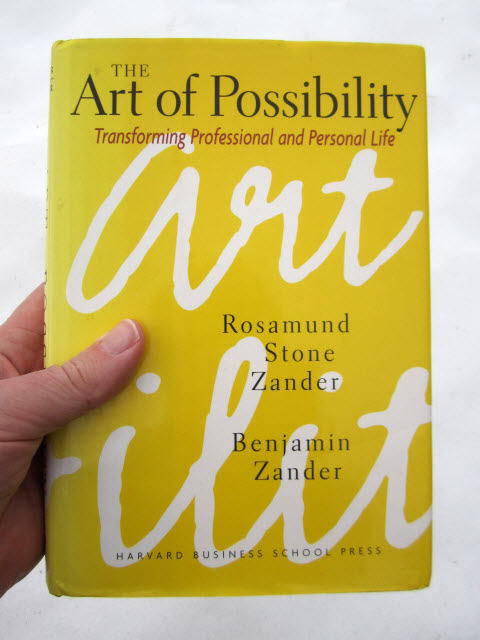This is a post in my series on organizing ”between and beyond.” Other posts are here. This is a retrospective of what has happened during the week. The purpose is to reflect on the work itself. Here is my previous retrospective. Here is my next retrospective.
What has happened? What needs to be done?
A month ago, I revived my interest in the Quaker’s approach to making group decisions. It was a profound experience to observe a decision-making meeting. I’ve written about it in my previous retrospectives here and here and here. The Quakers reach unity by searching for the “sense of the meeting.” After having read Centered on the Edge I’d describe what the Quakers do like this:1 (1) There’s a deliberate and consistent holding of a fundamental intention for unity, and a kind of spacious inclusiveness, which results from that intention. (2) There’s also a deep listening for the meaning conveyed behind the words, and for its significance in the life of the speaker. The Quakers stay with the speaker, trusting that all that is being said is needed for the group as a whole, even if they disagree, or don’t yet understand its implications.
This week, I’ve revived my interest in the work of Norm and Skye Hirst. Their work is most interesting! They founded The Autognomics Institute (TAI) in 1993. Here is TAI’s web page. TAI has spent decades researching the fundamental organizing principles of Life Itself, and to translate this understanding into practical use. It was Skye Hirst who introduced the notion of autognomics, which means self-knowing: (1) The study and processes of life knowing itself, its systems of order. (2) Auto–to reflect within and upon self, Gnosis. Next week I’ll read a compendium of papers by Norm Hirst and Skye Hirst.
Two books arrived during the week, Human Rights Horizons: The Pursuit Of Justice In A Globalizing World by Richard A. Falk, and Quantum Change: When Epiphanies and Sudden Insights Transform Ordinary Lives by William R. Miller and Janet C’de Baca.

I also finished reading The Art of Possibility by Rosamund Stone Zander and Benjamin Zander. This is a wonderful book which is full of uplifting stories, parables, and personal anecdotes. I will write a book review next week.

Reflecting on the discovery process itself, I can now see how my work is divided into three interwoven strands:
- The first one is to gather input. This is primarily done by all my reading.
- The second strand is to reflect on the input itself. Is there any misinformation? What are the key assumptions? Within what limits are they valid? (This goes back to the fundamental organizing principles of Life Itself.)
- The third strand is my own narrative and how I’m structuring my thoughts.
The challenge is that
“What we need to understand may only be expressible in a language that we do not know.”
–Anthony Judge
Another challenge is how can you see what you don’t see?
What was good? What can be improved?
It was great to speak with Skye Hirst this week! We are going to explore how we might work together going forward. She sent a compendium of papers which I will read next week. Skye encouraged me to share more of my own discovery process coming to my own “sense of meeting” (coherence making) as I have moved from feelings of depression (low coherence) to finding new meaning trusting my “sensed” experience.
Skye Hirst also introduced me to the Hartman Value Profile as applied to myself. It was amazing to experience how quickly Skye helped me to picture my own inner relational realities. I could understand some of how my own value intelligence has developed. And it was immensely helpful to see where I have my own strengths and blindnesses. Thank you so much Skye!
Notes:
1 For more on the practices of holding the space and listening deeply, see Alan Briskin, Tom Callahan, Sheryl Erickson, Joan Lederman, John Ott, Dave Potter, Mitch Saunders, Megan Scribner, Chris Strutt (thinking partners), Centered on the Edge: Mapping a Field of Collective Intelligence & Spiritual Wisdom (Fetzer Institute, 2001), p. 60.
Related posts:
Organizing in between and beyond posts
Leave a Reply
You must be logged in to post a comment.